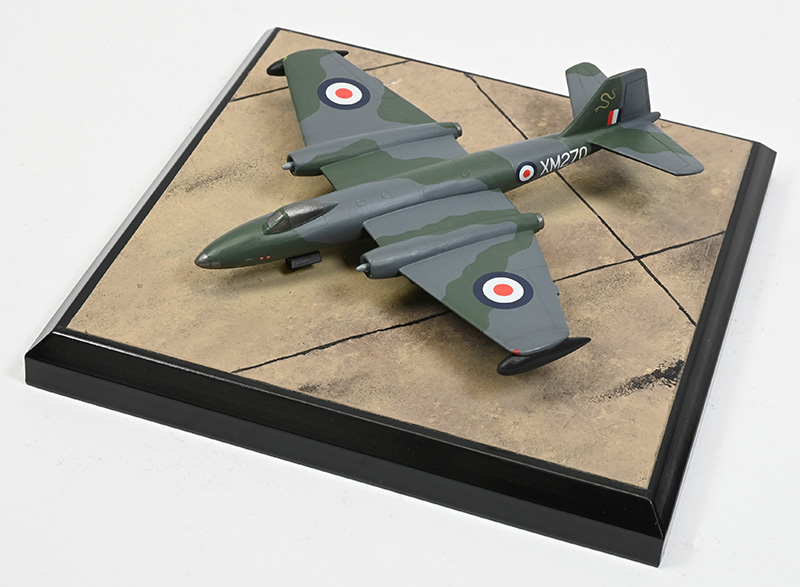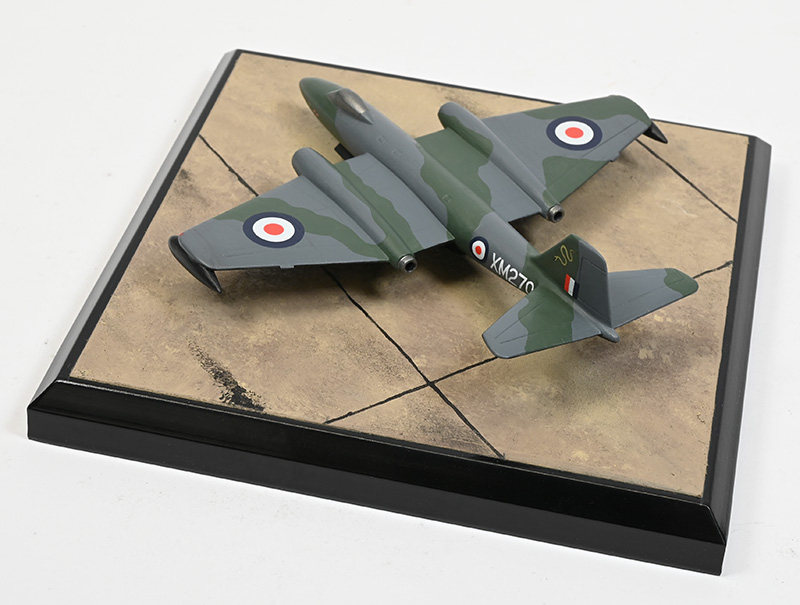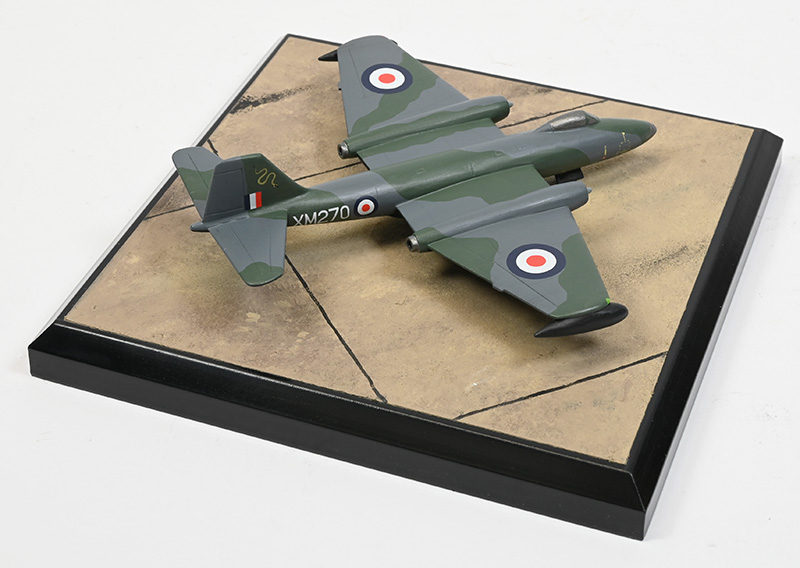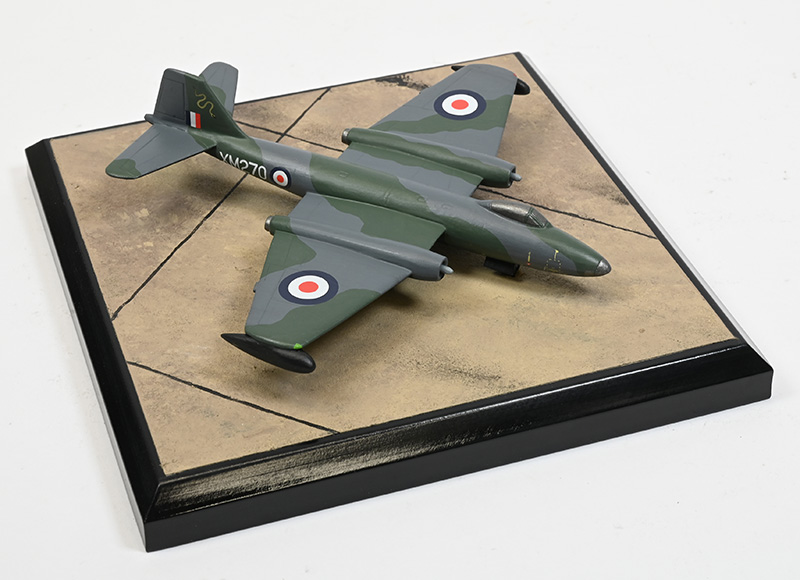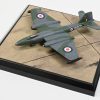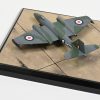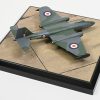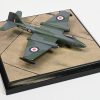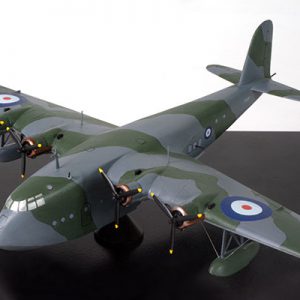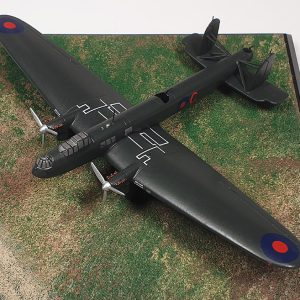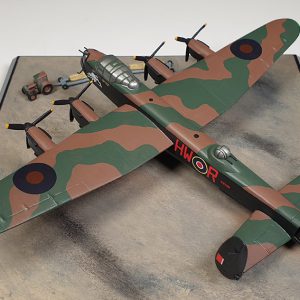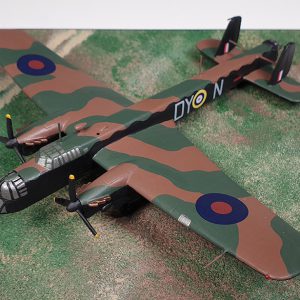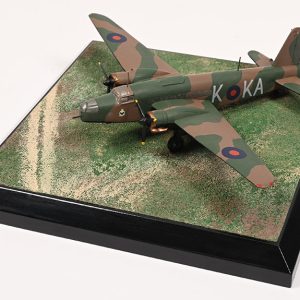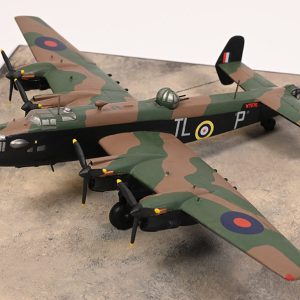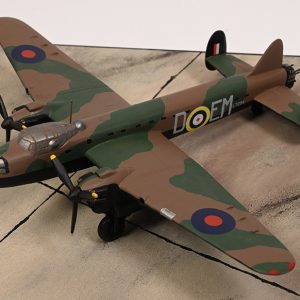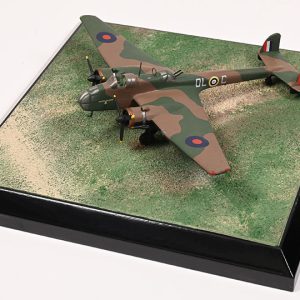Canberra B(I) 8
English Electric Canberra B(I)8 14 Squadron XM270
RAF Wildenrath, 1962
The English Electric Canberra was Britain’s first-generation, jet-powered medium bomber. It was developed by English Electric during the mid- to late 1940s in response to a 1944 Air Ministry requirement for a successor to the wartime de Havilland Mosquito fast bomber. Among the performance requirements for the type was an outstanding high-altitude bombing capability and high speed. These were partly accomplished by making use of newly developed jet-propulsion technology. When the Canberra was introduced to service with the Royal Air Force (RAF), the type’s first operator, in May 1951, it became the service’s first jet-powered bomber.In February 1951, a Canberra set another world record when it became the first jet aircraft to make a nonstop transatlantic flight. Throughout most of the 1950s, the Canberra could fly at a higher altitude than any other aircraft in the world, and in 1957, a Canberra established a world altitude record of 70,310 feet (21,430 m).
The B(I)8 was introduced to fill the role of a night-intruder bomber/interdictor flying low-level missions in the European theatre. A Boulton Paul gunpack, containing four 20mm Hispano “Aden” guns, could be fitted snugly into the rear of the bomb-bay and special bomb doors with cut-outs for the gunpack were fitted. The special bomb-bay doors allowed the B(I)8 to carry flares which were used to illuminate night targets. The gunpack, as well as one 500 pound HE bomb (or two 250 pounds) on each underwing pylon, gave the B(I)8 Canberra a decided punch which was used effectively by the Indian Air Force during their UN support effort in the Congo in 1961.
Also as a bomber, the B(I)8 served only with the RAF’s Strike Squadrons in Germany. In this bomber configuration, the Canberra B(I)8 was part of the UK’s Nuclear Strike Force and carried a US made weapon (Project E). Nuclear strikes were to have been delivered by the infamous Low Altitude Bombing System (LABS) technique. This system, developed by the USAF for the SAC’s B-47’s, involved the B(I)8 flying fast and level at around 250 feet, then, at a pre-determined point pulling up into a half-loop, releasing the weapon (under clockwork timer control) at the appropriate time during the climb then, letting the science of ballistics deliver it to the target. Meanwhile the Canberra would finish the power-climb to the top of the loop, do a half-barrelling dive piling on the speed and high-tailing it for home.
The robust and well-proven Canberra airframe stood up very well to the “G” forces involved in this kind of flying (“toss bombing”), suffering no serious structural strains in the process. The nose-wheel doors were prone to easing apart, but this was easily fixed.
Colour schemes for the B(I)8 started with grey/green top surface with black undersurface, but around 1965 the undersides were re-finished in silver.
XM270 first entered service in December 1958 with 88 Sqn and was with them when they re-numbered to 14 Sqn at RAFG Wildenrath. On 5 June 1966 XM270 crashed on approach to RAFG Gutersloh suffering Cat 5 damage and killing one of the crew. It was struck off charge the same day.


